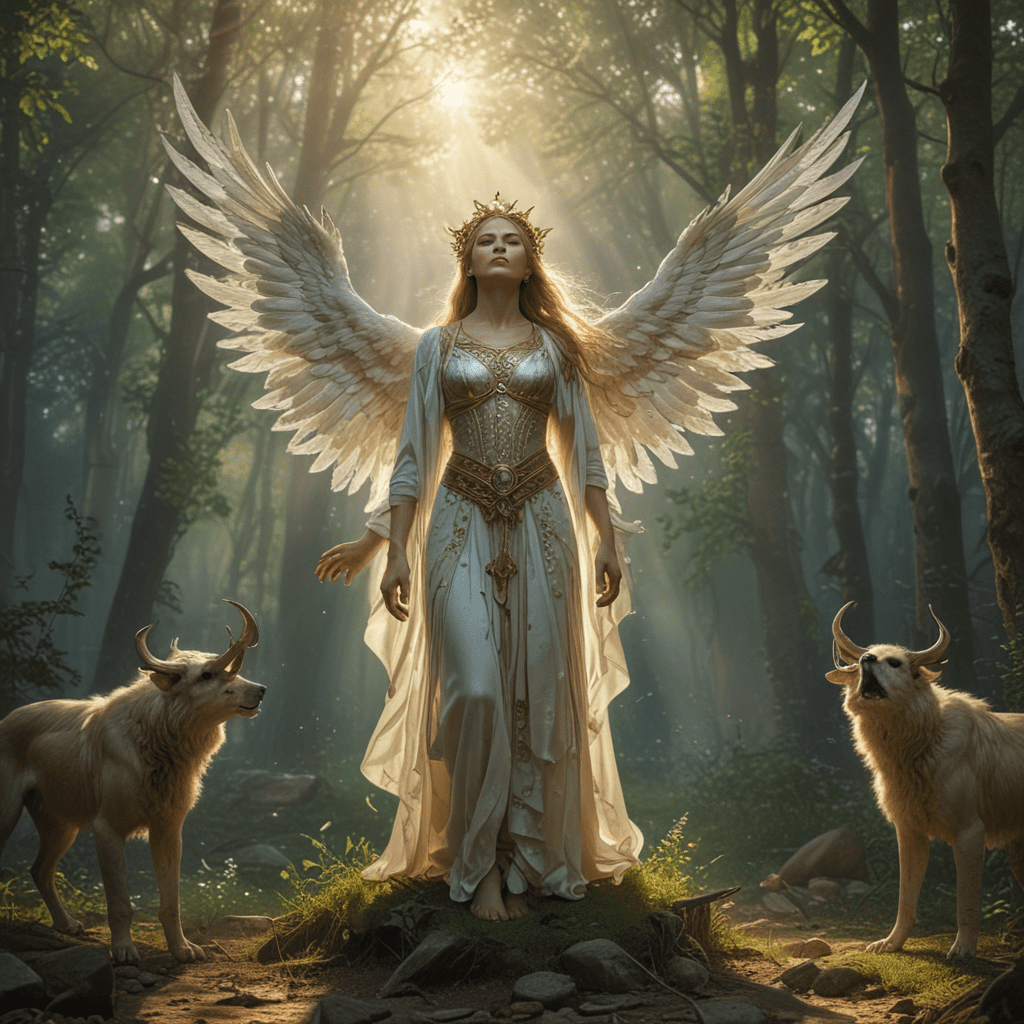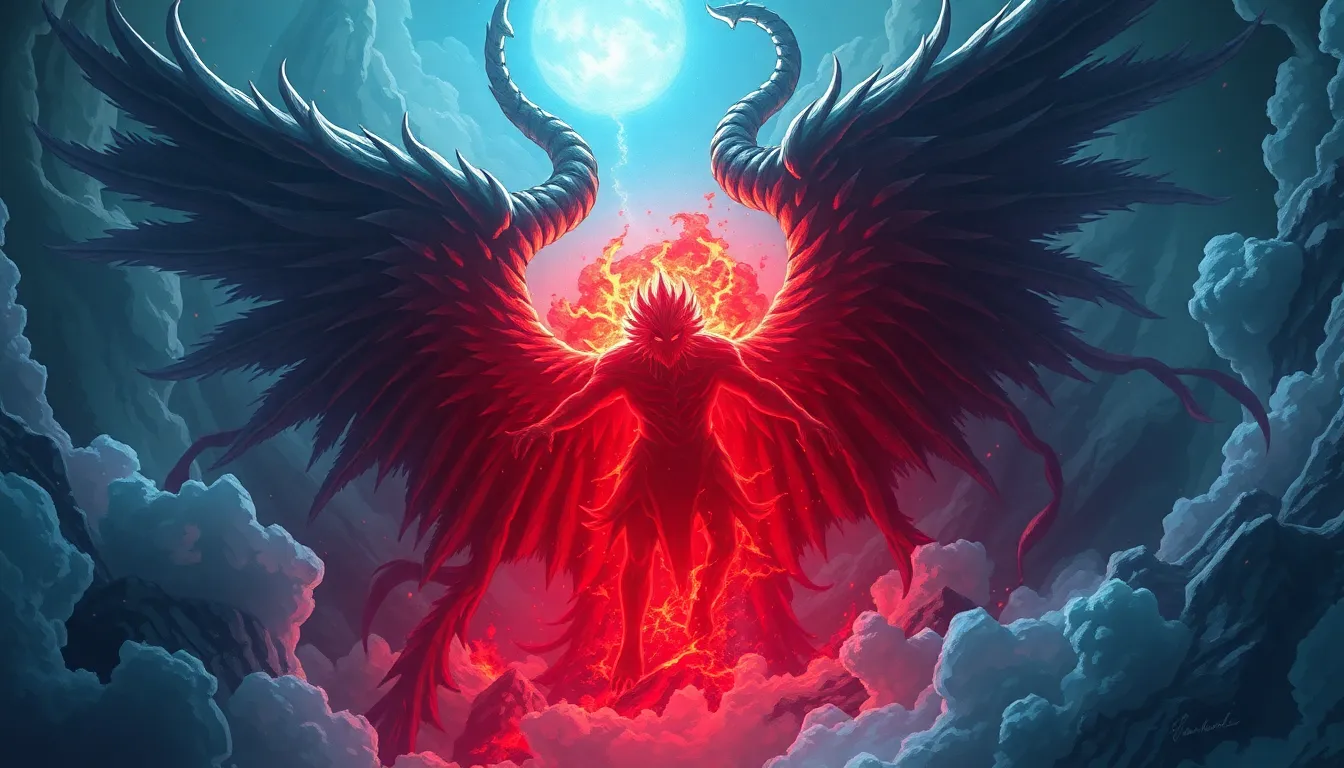The Legend of the Shape-Shifter: Transformations That Bewitch Us
I. Introduction
Shape-shifters have long captivated the human imagination, appearing in folklore and mythology across cultures. A shape-shifter is typically defined as a being that can alter its physical form, often embodying various creatures or even humans. This ability to transform is more than mere physical change; it symbolizes deeper themes of identity, power, and the fluidity of existence.
The cultural significance of transformation is profound, as it reflects humanity’s desire to explore the boundaries of self and the unknown. Shape-shifting often serves as a narrative device to convey moral lessons, fears, and aspirations. This article aims to delve into the fascinating world of shape-shifters, examining their roles across different cultures and their enduring impact on storytelling.
II. Historical Context of Shape-Shifting Legends
Throughout history, various civilizations have woven shape-shifter myths into their cultural fabric. These stories often reflect the values, fears, and beliefs of the societies that created them.
A. Ancient civilizations and their shape-shifter myths
- Mesopotamia: The Epic of Gilgamesh features characters that embody transformation, highlighting the connection between gods and humans.
- Ancient Egypt: Egyptian gods frequently took on animal forms, such as Anubis (jackal) and Bastet (lioness), symbolizing their divine powers and attributes.
B. Shape-shifters in Indigenous cultures
- Native American legends: Stories of skinwalkers—witches who can transform into animals—serve as cautionary tales about the misuse of power.
- Australian Aboriginal stories: The Rainbow Serpent is a powerful figure that embodies creation and transformation, symbolizing the connection between land and identity.
III. Shape-Shifters in Mythology and Folklore
Mythologies around the world are replete with shape-shifters, often serving as agents of change, chaos, or enlightenment.
A. Greek mythology: The transformative powers of gods
- Zeus: Renowned for his numerous transformations, Zeus took on various forms, including a swan and a bull, to pursue his romantic interests.
- The story of Lycaon: In a tale of hubris, Lycaon was transformed into a wolf as punishment for his disrespect towards Zeus, illustrating the dire consequences of defying the gods.
B. Norse mythology: Loki and the art of shape-shifting
- Loki: This trickster god is known for his ability to change shape, often transforming into animals and even female forms, which leads to both mischief and significant events in Norse myths.
- The role of shape-shifting: In Norse legends, transformations often signify deeper moral lessons and the unpredictability of fate.
IV. Shape-Shifting in Literature and Modern Media
The theme of shape-shifting has transcended oral traditions, finding a prominent place in literature and contemporary media.
A. Classic literature examples
- “Metamorphosis” by Franz Kafka: This novella presents a profound transformation that serves as a metaphor for alienation and the human condition.
- “The Transformation” in fairy tales: Many fairy tales feature characters who undergo transformations, such as Cinderella’s transition from servant to princess, reflecting personal growth and change.
B. Contemporary portrayals in film and television
- Shape-shifters in fantasy genres: Series like “Harry Potter” and “Twilight” popularize the concept of shape-shifters, exploring themes of identity and belonging.
- The symbolism of transformation: Modern storytelling often uses shape-shifting as a metaphor for personal growth, acceptance, and the struggle between good and evil.
V. The Psychological Symbolism of Shape-Shifting
Beyond mere entertainment, shape-shifting serves as a powerful psychological metaphor, reflecting the complexities of human identity.
A. Shape-shifting as a metaphor for personal transformation
When individuals experience significant life changes, they often feel as though they are transforming into something new, akin to shape-shifters in myths.
B. Exploring identity and the human experience through shape-shifting
Shape-shifting narratives allow exploration of different aspects of identity, highlighting the multifaceted nature of human beings.
C. The duality of human nature: good vs. evil representations
Many shape-shifters embody the struggle between good and evil, showcasing the duality that exists within all people. This concept invites reflection on morality and the choices we make.
VI. Cultural Variations of Shape-Shifting Legends
Different cultures have unique interpretations of shape-shifters, reflecting their distinct values and beliefs.
A. The werewolf myth across different cultures
- European legends: Often portray werewolves as cursed beings embodying primal fears of the wild.
- African and Asian perspectives: Myths of shape-shifting are also found in African and Asian cultures, often linked to spiritual beliefs and the supernatural.
B. Shape-shifters in Asian folklore
- The kitsune in Japanese mythology: These fox spirits are revered as intelligent beings with the ability to transform into beautiful women, symbolizing wisdom and cunning.
- The huli jing in Chinese tales: Similar to the kitsune, these fox spirits often represent seduction and deception, embodying complex moral lessons.
VII. The Role of Shape-Shifters in Moral and Ethical Lessons
Shape-shifters often play pivotal roles in conveying moral and ethical lessons within their respective narratives.
A. Lessons learned from shape-shifting tales
- Consequences of actions: Many stories illustrate the repercussions of one’s choices, especially when it comes to the misuse of power.
- Embracing change: Transformations often symbolize personal growth and the importance of adaptability in the face of life’s challenges.
In conclusion, the legend of the shape-shifter continues to bewitch us, offering insights into the human experience, the nature of identity, and the moral complexities we navigate. As we explore these fascinating figures across cultures, we gain a deeper appreciation for the stories that shape our understanding of ourselves and the world around us.




